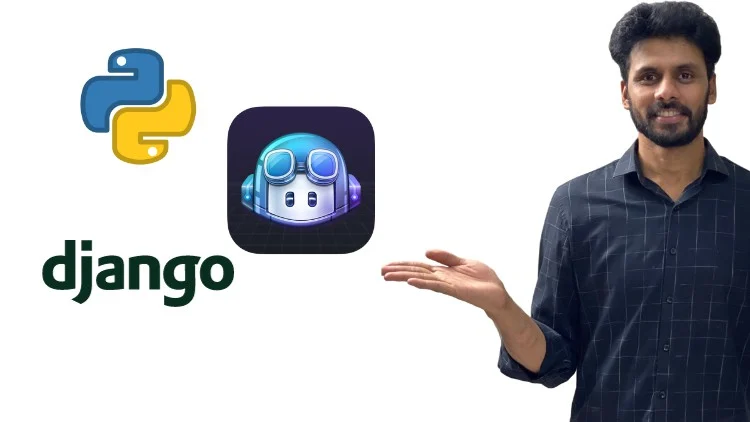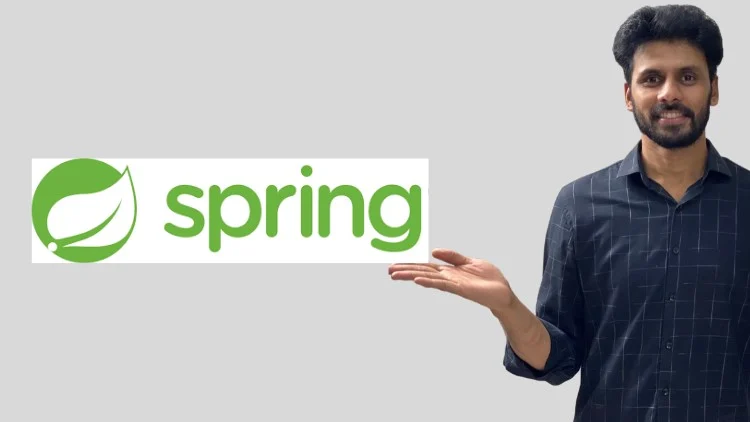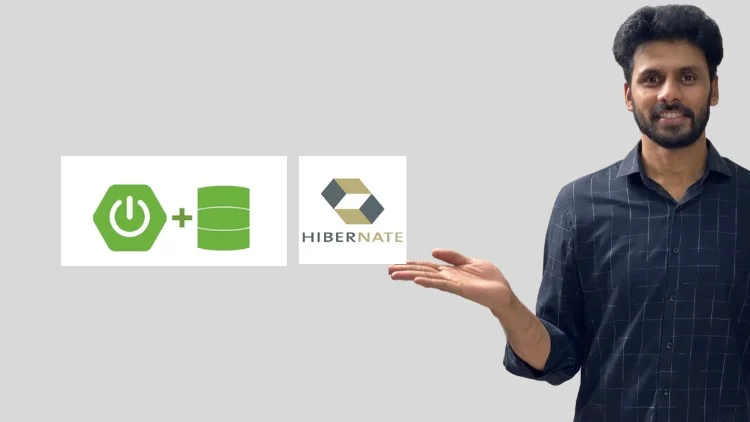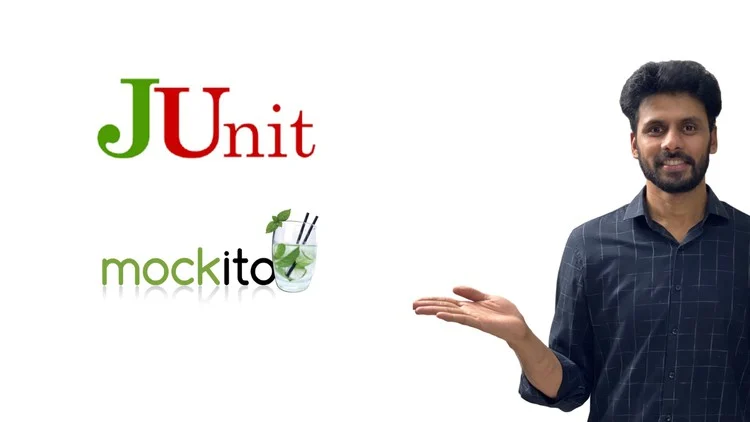Bharath Thippireddy
Global Tech Educator | AI Evangelist | 850K+ Students | Actor & Entrepreneur

Global Tech Educator | AI Evangelist | 850K+ Students | Actor & Entrepreneur

Bharath Thippireddy is a technologist, entrepreneur, educator, actor, and social contributor with 22+ years of experience. As a top Udemy instructor with over 850,000 students across 209 countries, with his courses now available in 72 languages, he simplifies AI, Generative AI, and software development for global learners. Through Neyah Digital Solutions, he builds AI-powered products for healthcare, education, and governance. He also leads One Village One India, a non-profit focused on rural development and youth empowerment. An actor and storyteller at heart, Bharath believes every dream is possible with the right mindset and meaningful action.
Top-rated instructor with proven track record in Java, Python, and AI technologies
Regular speaker at tech conferences and corporate workshops worldwide
Advising startups and enterprises on AI implementation and development practices
Comprehensive technology education for 850K+ students worldwide

A Step-by-Step Guide to Master LangChain

A Step-by-Step Guide to Master Spring AI

Unlock the Power of AI Pair Programming : Maximizing Productivity in Java and Spring Boot with AWS Q Developer

A Step-by-Step Guide to Master LangChain

Unlock the Power of AI Pair Programming : Maximizing Productivity in JavaScript,Node and React with GitHub Copilot

Unlock the Power of AI Pair Programming : Maximizing Productivity in Java and Spring Boot with GitHub Copilot

Unlock the Power of AI Pair Programming : Maximizing Productivity in Python and Django REST with GitHub Copilot

Unlock the Future of AI using the powerful OpenAI models in the secured and reliable Azure Cloud

Unlock the Future of AI using the powerful OpenAI models in the secured and reliable Azure Cloud

Unlock the Power of OpenAI: A Python Guide for OpenAI API Novices

Master java in quick and simple steps

Create Java Web Applications from scratch in easy steps

Create an End to End Java EE Web Application using Spring

Learn Spring boot in simple steps

Learn and use the most popular ORM Frameworks in easy steps

Master everything required to create a Enterprise Java Application from scratch

Secure you REST APIs and Web Applications in easy steps

Learn how to design,create , consume and secure SOAP and REST web services from scratch in easy steps

Master advanced web services concepts and implement them in easy steps

Learn how to use JUnit and Mockito and Unit Test in easy steps

Learn Spring Cloud components and use them for your micro services in easy steps

Master the popular Core and Java EE Design Patterns in easy steps

Improve logic and over come the fear of programming

Quickly review java, spring boot, micro services, rest, devops and cloud for java interviews

Create Build and Deploy Serverless Applications with AWS Lambdas

Learn the key concepts and work hands to master Kafka in easy steps

Package Install and Upgrade Kubernetes Applications in easy steps

Master Docker , Kubernetes, Maven, Jenkins ,GIT , AWS EC2 ,Elastic Beanstalk,ELB,Auto Scaling and more in easy steps

Create a multi module maven java web applicaiton project in easy steps

Master the fundamentals of gradle in easy steps

Master Node fundamentals for MEARN stack development

Master React and Create a Single Page App from scratch

Master Angular Fundamentals and create a project in easy steps

Master and use TypeScript Syntax in easy steps for Angular Developers

Learn JavaScript hands on in quick and easy steps

Master the internals of JavaScript and use it better

Learn,Design and Practice XML and XML Schema creation from scratch in simple steps

Learn and use XSL and XPATH in easy steps

Master the fundamentals of Python while working on various usecases in easy steps

Improve logic and over come the fear of programming

Master Django and Create Python Web Applications in Simple Steps

Create REST APIs using Python and Django in simple steps

Create Build and Deploy Serverless Applications with AWS Lambdas

Master the fundamentals of Docker and Containerize your Django Applications in easy steps

Build an end to end REST API Project in easy steps

Master the fundamentals of Java Messaging in Simple Steps

Learn and Practice Yoga for a great physical, mental and spiritual life in simple steps
Highlights from my sessions at top colleges and companies

Engaging with GIBS Students: Exploring AI for Work and Human Excellence in Life

Talk on AI Revolution for Industry Leaders at Udemy for Business Event, Pune

Empowering TDRA UAE with Practical GenAI Insights through Udemy & DGov Academy
Let's connect and explore opportunities to collaborate